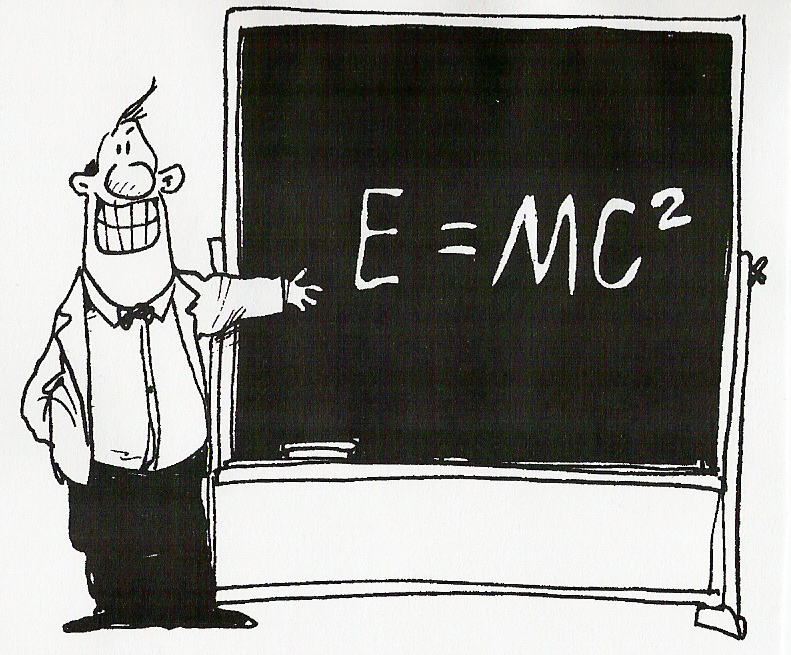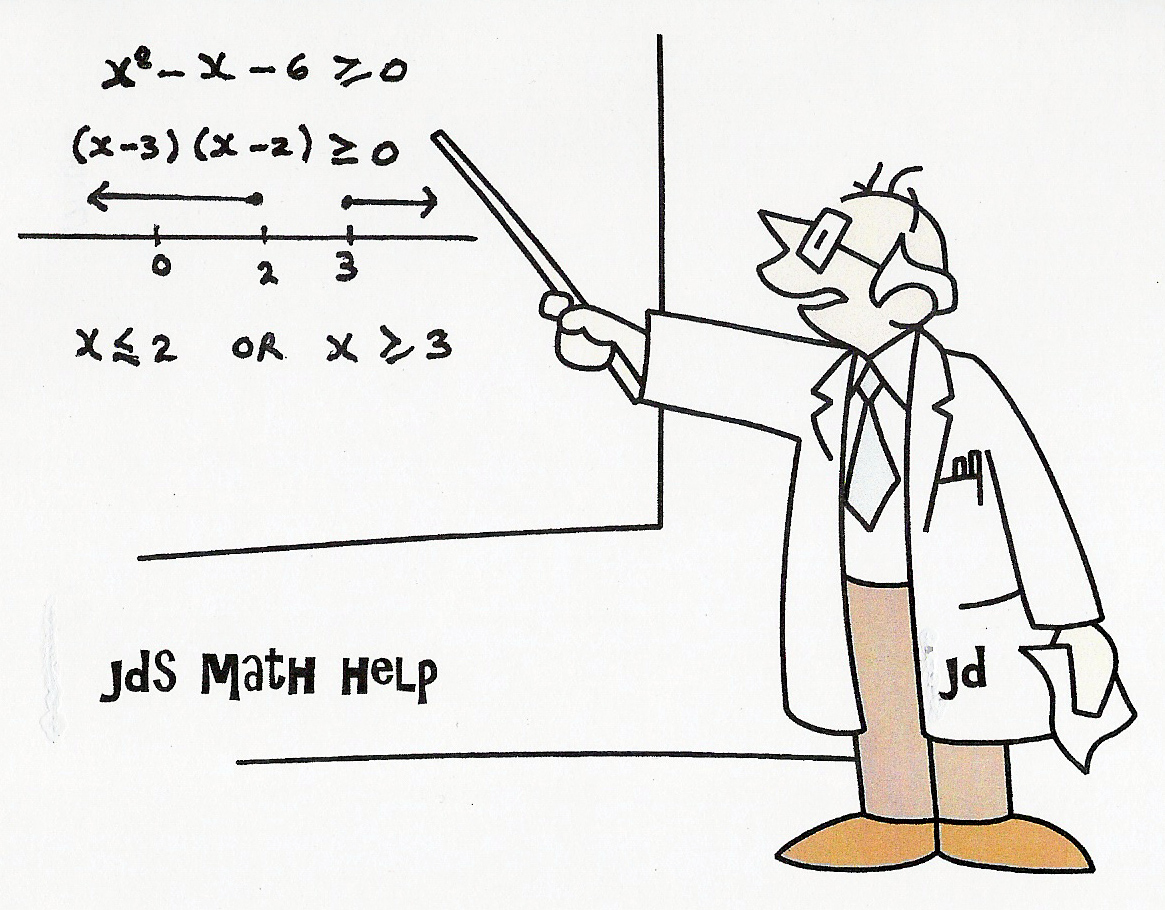|
|
|
|
|
|||||||||
|
|
|||||||||||||

UNIT
5 : EXPONENTIAL & LOGARITHMIC
FUNCTIONS
LESSON 5: THE
LOGARITHMIC FUNCTION
Logarithmic Notation:
The exponential statement 23 = 8 may be rewritten in what is called logarithmic form
as follows:
log28 = 3 which
reads: the logarithm of 8, base 2,
equals 3.
Any exponential statement may be rewritten in
this form.
Example 1:
Complete
the following chart by converting between
exponential and logarithmic form.
|
Exponential Form |
Logarithmic Form |
|
34 = 81 |
|
|
52 = 25 |
|
|
|
log232 = 5 |
|
|
log101000 = 3 |
|
|
|
|
|
|
Solution:
|
Exponential Form |
Logarithmic Form |
|
34 = 81 |
log381 = 4 |
|
52 = 25 |
log525 = 2 |
|
25 = 32 |
log232 = 5 |
|
103 = 1000 |
log101000 = 3 |
|
|
|
|
|
|
Note: When we
read log28, we ask the
question To what exponent must base 2
be raised to give 8? The answer
is of course 3 and this idea
gives rise to the following definition.
Definition: the expression logax
is defined to mean the
exponent to which base a must be raised
to give x.
The expression reads: the logarithm of x, base a.
Hence log10100 means the exponent to
which base 10 must be raised to give 100.
The answer is 2, giving the
statement log10100 = 2.
Hence log381 means the exponent to which
base 3 must be raised to give 81. The
answer is 4, giving the
statement log381 = 4.
The Logarithmic Function:
Logarithmic functions are
the inverses of exponential functions.
How does this come about?? See example
below.
![]()
Table of Values
& Graphs:

|
x |
y |
|
-3 |
|
|
-2 |
|
|
-1 |
|
|
0 |
1 |
|
1 |
|
|
2 |
|
|
3 |
8 |
|
4 |
16 |
Now form the inverse of this function by interchanging x
and y in the ordered pairs and the equation.

|
x |
y |
|
|
-3 |
|
|
-2 |
|
|
-1 |
|
1 |
0 |
|
|
1 |
|
|
2 |
|
8 |
3 |
|
16 |
4 |
The equation of the inverse is found by interchanging x and
y in the equation y = 2x. This yields
x =
2y. If we put this
equation in logarithmic notation, we obtain the logarithmic function y = log2x.
The graph is a reflection in the line y = x of the
exponential function y = 2x and is shown in red above.
![]()


Table of Values
& graph:

|
x |
y |
|
-3 |
|
|
-2 |
|
|
-1 |
3 |
|
0 |
1 |
|
1 |
|
|
2 |
|
|
3 |
|
![]()
Now form the inverse of this function by interchanging x
and y in the ordered pairs and the equation.

|
x |
y |
|
|
-3 |
|
|
-2 |
|
3 |
-1 |
|
1 |
0 |
|
|
1 |
|
|
2 |
|
|
3 |
The equation of the inverse is found by interchanging x and
y in the equation y = (1/3)x. This yields
x =
(1/3)y. If we put this
equation in logarithmic notation, we obtain the logarithmic function y = log(1/3)x.
The graph is a reflection in the line y = x of the
exponential function y = (1/3)x and is shown in red above.

The Natural Logarithmic Function y = logex or y
= ln x:
![]()
![]()
|
x |
|
|
-3 |
|
|
-2 |
|
|
-1 |
|
|
0 |
1 |
|
1 |
|
|
2 |
|
|
3 |
|
|
4 |
|
Now form the inverse of this function by interchanging x
and y in the ordered pairs above.

|
x |
y |
|
|
-3 |
|
|
-2 |
|
|
-1 |
|
1 |
0 |
|
|
1 |
|
|
2 |
|
|
5 |
|
|
4 |
The equation of the inverse is found by interchanging x and
y in the equation y = ex. This yields
x =
ey. If we put this
equation in logarithmic notation, we obtain the logarithmic function y = logex or y = lnx.
The graph is a reflection in the line y = x of the
exponential function y = ex and is shown in red above.



















